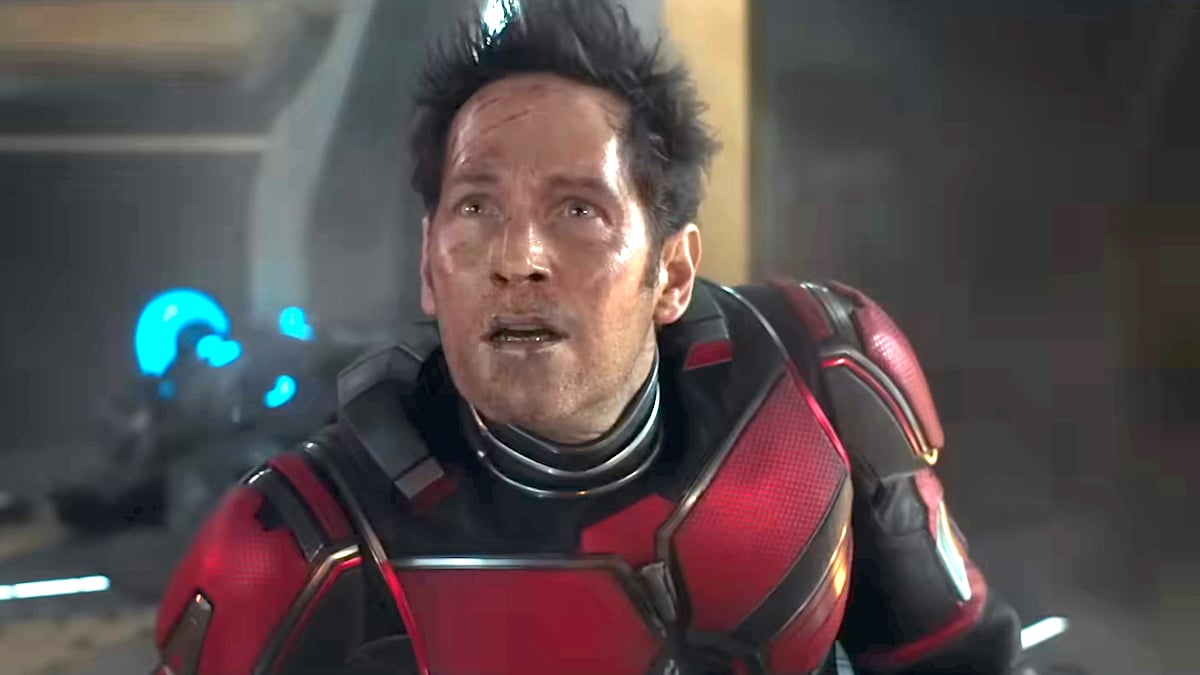Ant-Man and the Wasp: Quantumania has been trashed for a number of reasons — the lack of solid humor appreciated in the first two films, the underwhelming debut of Phase Five’s big bad, its not-that-smoothly-sailing plot, etc. But one of the biggest flaws that even its supporters have pointed out is its messy CGI. And apparently, the decision to subject fans to bumpy VFX effects was something the Marvel Studio took voluntarily.
In a chat with Vulture, several VFX technicians and artists who worked on Quantumania shared (on the condition of anonymity) how the studio opted for “shortcuts” when it came to the effects in the film. While Black Panther: Wakanda Forever — which was also in pre-production at the time — being the studio’s priority did play a role in compromising the quality of CGI in the Ant-Man sequel, the VFX workers have revealed that Ant-Man 3’s production setup was also severely low on staff.
What is even more disappointing is that despite being understaffed, the ones holding the helm of the film “nitpicked” at major portions of the film, without taking into consideration the amount of time it would take to incorporate the changes. They stuck to their pre-ordained deadline, which was already short, thus leaving the workers to often work for 80 hours a week for months.
These VFX artists agree that because their work was rushed and they were not given enough time to fine-tune it, the defects are glaringly visible in many places in the film.
“Unfortunately, it is noticeable that there were shortcuts. Certain things were used to cover up incomplete work. Certain editorial cuts were made to not show as much action or effects as there could have been — likely because there just wasn’t enough time to render everything. There was a lot of shortening and rolling of shots (rolling is when you don’t shorten or lengthen a shot — you just move it a few frames in the cut). It really did feel like certain scenes were trimmed or otherwise altered to either save money, save time, or cover up the inability to get it done.”
While one of the artists agreed that the end product is at least “satisfactory” enough to kickstart MCU Phase Five, its disappointingly low rank in terms of reviews also rests on how its potential was deliberately marred by Marvel.
“Overall, I think what they came up with is satisfactory. It’s a good placeholder for the beginning of Phase Five. But I think there was so much potential for this story, for the visual effects in general — I think the movie is getting the reviews it’s been getting because Marvel is doubling down as much as possible on constricting quality. They’re squeezing blood out of stones. And we’re out of blood.”
This is not the first time that the MCU has been facing criticism for inferior visual effects. Phase Four’s Doctor Strange in the Multiverse of Madness and Thor: Love and Thunder have already come home with scathing remarks about their below-middling CGI. Well, things could only change once the studio realizes that they can only sail for so long on the existing reputation of the MCU without making sure it remains intact.

